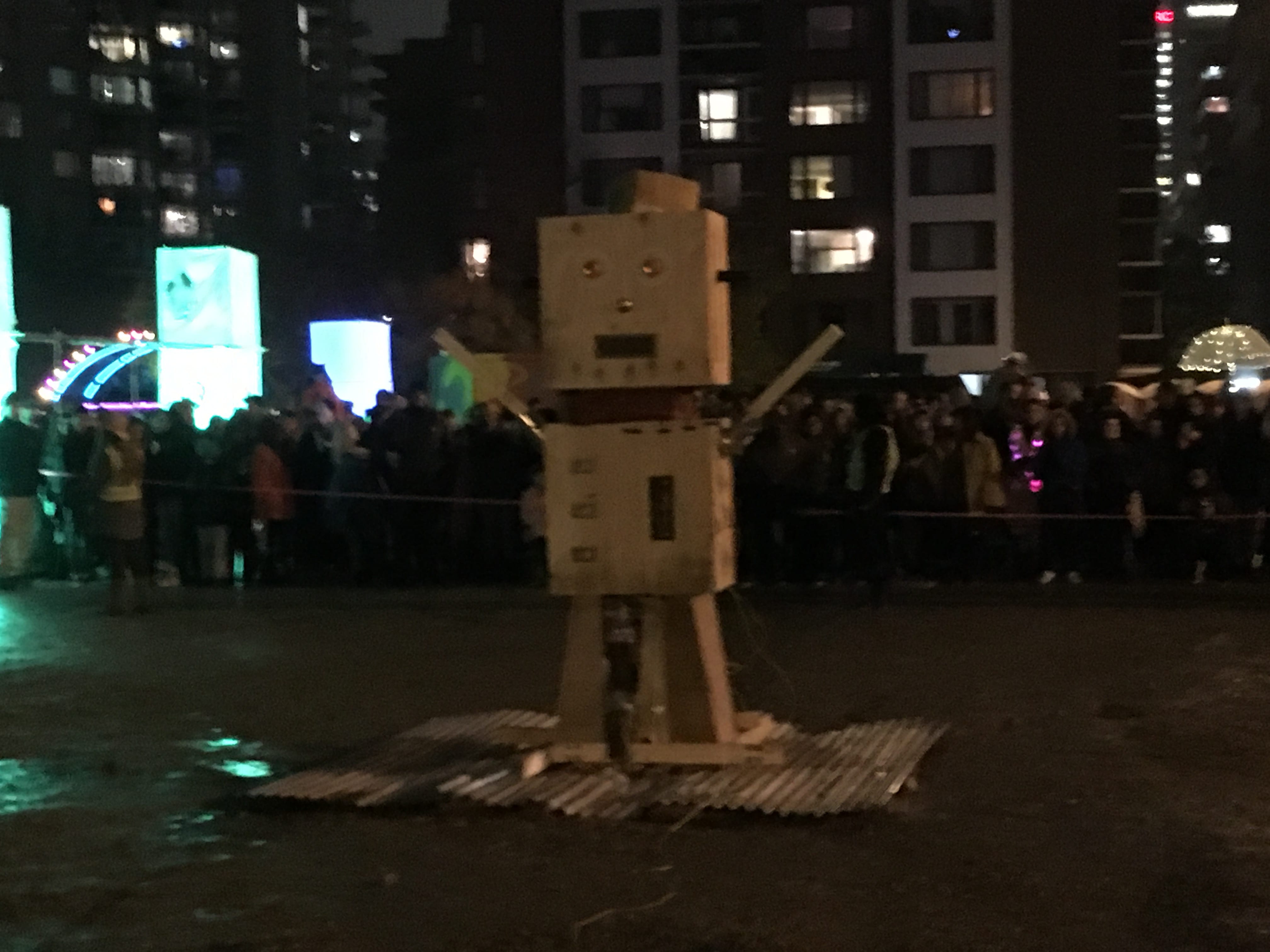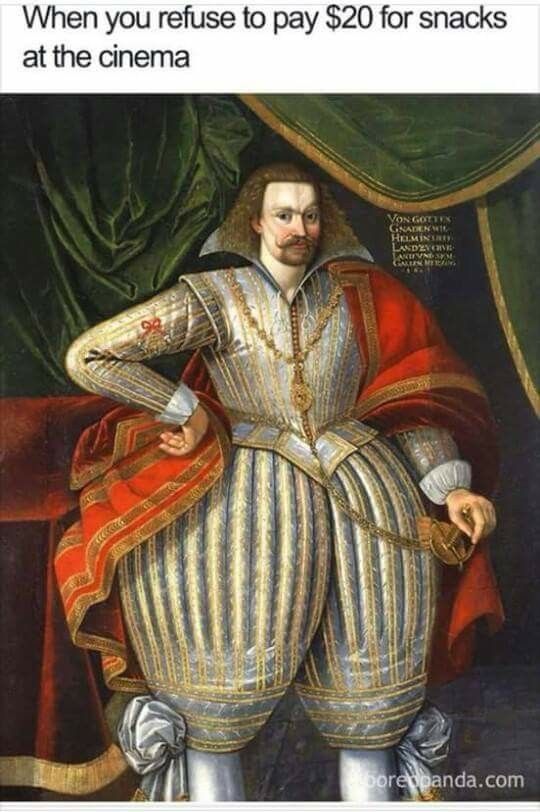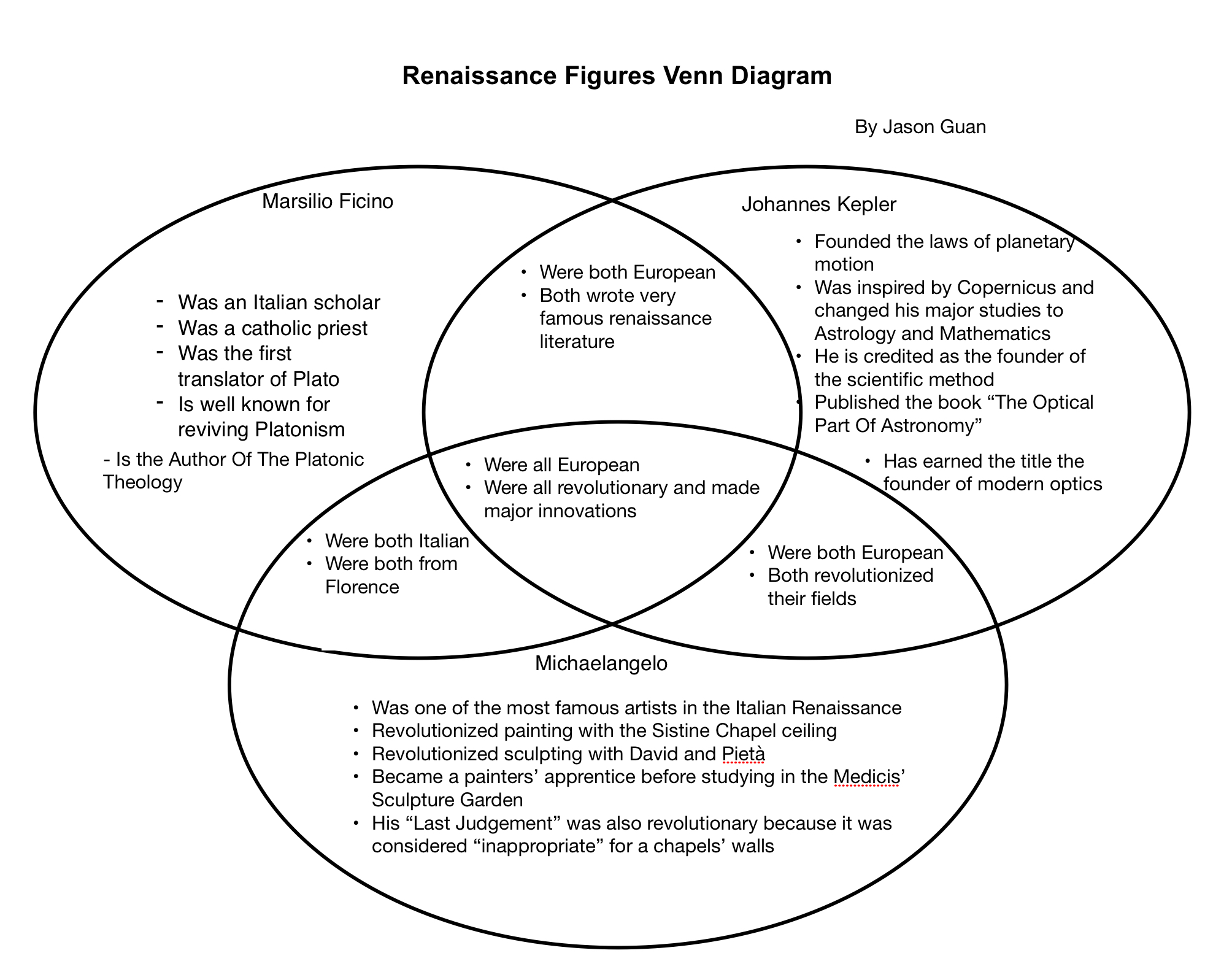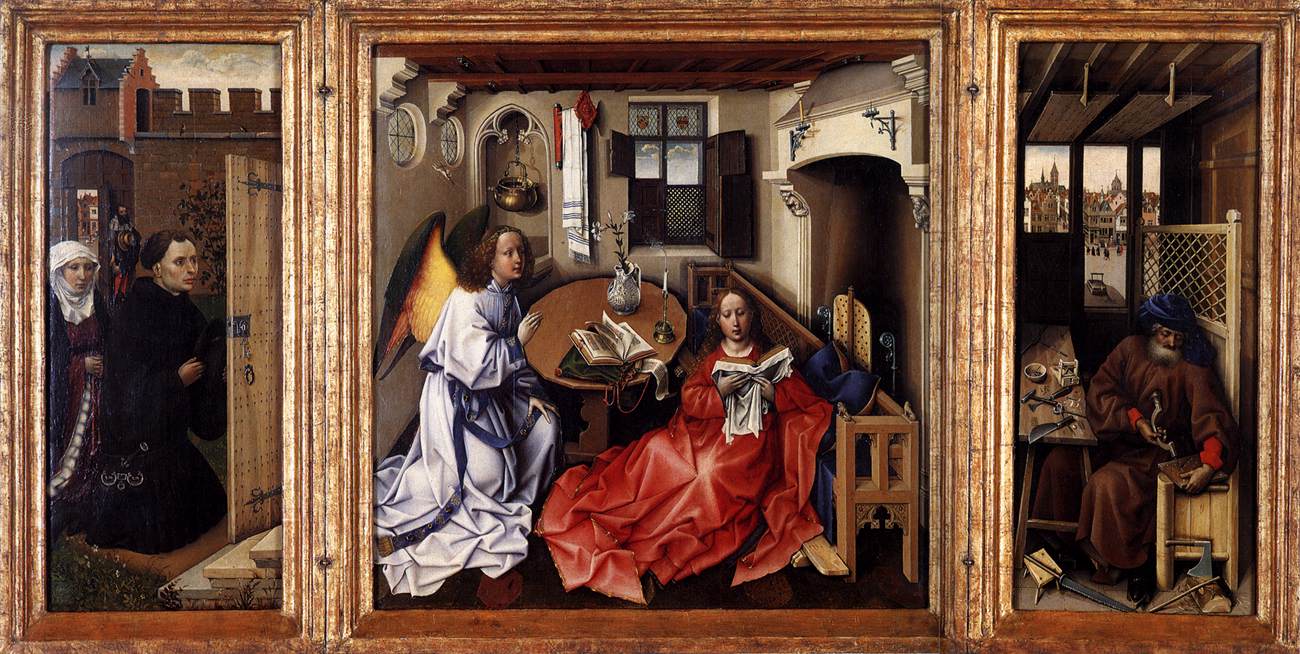Helo again loyal readers. My name may or may not be Jason Guan, and this is my very official tPOL blog post. As you may know, I have a post currently on my blog called mPOLs (midterm presentation of learning) and now, this is my tPOL post (transitional presentation of learning). This will probably be very similar to my last post, as I will be talking about my work, ethics, and growth as a learner and how PLP has benefited my learning experience. You know. All that usual stuff.

Alright. Let’s get started by going through my PLP subjects (the classes, not like test subjects… although there were some of those as well.)
Oh Wait. My goal this post and in my tPOL is to answer the question: Why am I ready to move on to the next grade? So look out for points in which I try to answer that question.
Main Skills
The main skills in PLP 8 this year were presentations, still images and storytelling. In this section I’ll be talking about why I think that I have improved a lot at these skills that will be vital to Grade 9.
So, I think the project that taught me the most about still images was the Tempest Tableau. This was the one project in which we really learned how to elevate and make still images tell a story without many animations. We were able to figure out how to tell one of Shakespeare’s works by using just a few poses and some backgrounds. I think the still images part really came from the backgrounds. We really learned what a background could do to influence a story since we weren’t really allowed to move, so the backdrops really had to tell the story.
Also, this was the origin to the “infamous” flaming beavers in our rendition of act IV. In the fur trading company. Yep. Get the connection?
https://m.youtube.com/watch?v=oWCMY6vHVaM
Now, I think the project that taught me the most about storytelling was the feudalism quilt. We had to figure out how to use a still image to tell a story, while using one of my most hated art forms, abstract. *sigh* Anyways, I figured out how to tell a story well with just a still image.
Ah, Presenting. The project that really taught me well about presentations was the Exploration unit. We had to act as crew members to famous explorers, make a comic, and present why we should be given funds for voyaging to not only our teachers, but also all of our peers. This really helped me with my public speaking and, most of all, trying not to talk unnecessarily fast. This might have been one of the most useful skills I learned, as I’ll probably need it for the rest of my life.
Humanities
Alright. On to my first subject. Good Ol’ Humanities. Humanities is probably the subject in which I learned the most. I had practically no idea what the heck the Feudal Ages were and why Portugal was so important in the Age Of Exploration, so let’s get into business.
Out of all the work I’ve done in Humanities this term, I feel especially proud of my advertisements in Oregon and Deep Cove. This isn’t because of how good my ads were. They were not good, to say the least. However (there’s always a however), this was really the main project that taught me some of the key PLP skills. First of all, it taught me how to use some apps that I would end up using for the rest of the year and probably further. It taught me how to use Pages, Notability, and an app I have mixed feelings about, Canva.
Also, I learned a huge skill that gets you MAJOR bonus points in PLP, revision. If you’re in PLP and you don’t know revision, watch out.
You can just see the difference between my first and last advertisements.
Yep. All revision right there. Now, on to the other side of the achievement spectrum, is the Renaissance. I feel as this wasn’t really the fault of me being bad, I’d think this was just a product of poor timing. This was right smack dab in the middle of DI (Destination Imagination). If you’ve either experienced it firsthand or read my posts, you’ll know what that was all about.
What a DI-Saster
Also, some of you may not know this, but this was around the time I had registered for the VYSO (Vancouver Youth Symphony Orchestra), which, if you don’t know, is a pretty big deal. I had registered late, so I was pretty behind. Luckily, there was not a lot of challenge as I play the oboe, which is probably played by 1 in 200 Kids in Vancouver.
Now, I’m usually not one for excuses, but I want to clarify that that was REALLY lousy timing. Anyways, I was kind of distracted for this unit, so I didn’t really pay that much attention, and that really came back to nip me later. My end project, the tryptich, was rushed, late, and seemed half-done. Not especially good.

I think that Humanities has really helped me develop the skills needed to “survive” in PLP. It taught me revision, how to use a variety of apps, and most importantly, to pay attention in class. As you can definitely see by my “excellent” tryptich. Now, onto a different subject.
Maker
alrighty. I think that I’ve had my biggest and most important projects in Maker. I’ve had DI (what a wild ride), and the 2 exhibitions. Those were quite the experience. I think it’s only fitting to first talk about the “horror’… Destination Imagination.
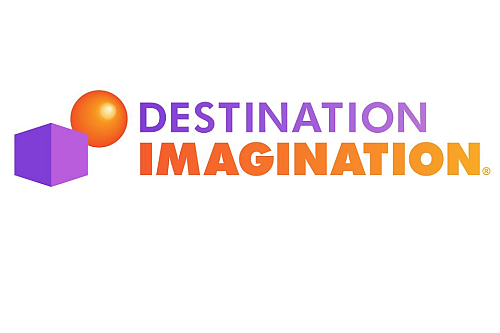
If you’ve read my crazy, incessant rants about DI, you’ll know why I have mixed feelings about it. In one hand, we did win regionals and 3rd in provincials, and yes, we had the chance to go to globals, but what did it take to get there? My sanity? My happiness? My emotional well being? Just kidding. Or am I?
Anyways, I think the main skill I learned from this whole thing was teamwork. We were all kids from different backgrounds, with different passions, and different work ethics. Fraser, Luciano, Kyle, and myself. This project kind of threw us together and basically forced us to work together. I think we all learned how to work together well, and especially how to work with kids that are CONSTANTLY TRAVELLING *cough* Kyle *cough*.
Then there were the exhibitions. Star Wars and Blue Sky. I’ll start with Star Wars. Of course, I’m sure you all know about the infamous posterboard. Yeah. Guan revision at its best. In case you didn’t know, I’ll give you a brief explanation.
So, my project for the Star Wars Exhibition was prosthetics. I had made a prosthetic hand model, which was pretty bad, but then there was my posterboard. Just look at this abomination.

Blech. Yuck. Dis-GUSTING. BUT… that day, I was roasted so hard that day that I was motivated to go home and make it not horrible. Now, look at this “masterpiece”.

Although I said I’d work on my time management in my mPOL, I still think it needs work. Also, I realized I had said the words “time management” around 1,000 times in my last mPOL, so I’d think I should probably find another goals. Time management was still a major issue in this project and it led to me having to rush many, many times through this project. Now, let’s move on to the final subject:
Scimathics
Ah, scimathics. I’d say scimathics is one of the least stressful classes. A: We get tons of time for each of our projects and B: We get pretty much entire classes to work on our projects. It’s pretty hard not to do good work in that kind of environment. But, still, I ended up hacking up not 1, but 2 projects in this class. Let’s go through my work in scimathics.
So, a unit I was pretty proud of was the first science project of the year, yes, the Massive Mighty Molecular Motion Movie (MMMMMovie). We used our time wisely, and we (I) also learned a very valuable skill: iMovie. Who do you mean by we, you say? Well, for this project, I worked with none other than the one, the only Mr. Emerson Chong.
Now, onto the not-so-good stuff. First of all, Optics. Let me just say, the optics unit was NOT fun, at ALL. I did not understand a word of the unit. I did pretty good on the test though, but that’s probably the only good thing that came out of the unit. Also, I was an idiot and the biggest mistake that I probably made that unit was probably that I did not ask for help, so that was quite a lesson.
Now, a project that I had mixed feelings about was the Earthquake Playground project. On one side, we (Myself, Sam, Emerson, Jackson) did great. We did our presentation just as practiced and we only hacked up a couple of little parts. On the other side, we really had to work especially hard those last few days to get it all together, and, to add to that, right after Blie Sky, of course all of my group members were busy, so I ended up having to do an entire model on formit. Let me tell you, In our class, people don’t recognize formit for being easy to use. It is absolutely not fun at all. And to have to make this in 1 night really sucks the energy out of you.
Work Ethics and Improvements
I guess my work ethics this half of the year have really improved since the first 1 1/2 terms. Before, I’d sit around goofing off for half the time and I’d produce work that I wasn’t really proud of. Nowadays, I put a lot more effort into my work, as you can see from the 1 night model above and I feel I’ve significantly improved from my last mPOL. Even my mPOL wasn’t very good, and I’m pretty sure you could tell I winged it. I was not well rehearsed in the least and it did not turn out very well.
An area for improvement for me is probably also still work ethics and, wait for it, Time management. Blech. Even saying those words brings bad memories flooding into my mind. Ugh. Yuck. Even though I really hyped it up as something I’d improve throughout the year, I didn’t. Occasionally I’ll still get distracted by a notification or a message and produce low-quality work. That’s definitely something I’ll work on for next year. Maybe I’ll refer to it as just study habits or work ethics. That seems a lot better than throwing up in my mouth after sayignthe words time management again (a bit of am exaggeration).
I guess the main things I learned this year were kind of the basics of PLP. Critique, taking critique, revision, using apps, and paying attention in class. I do feel that I have successfully learned these lessons and skills through hard work and epic fails (the posterboard). I think that this has really helped me prepare for next year and the horrors of Grade 9 PLP.






